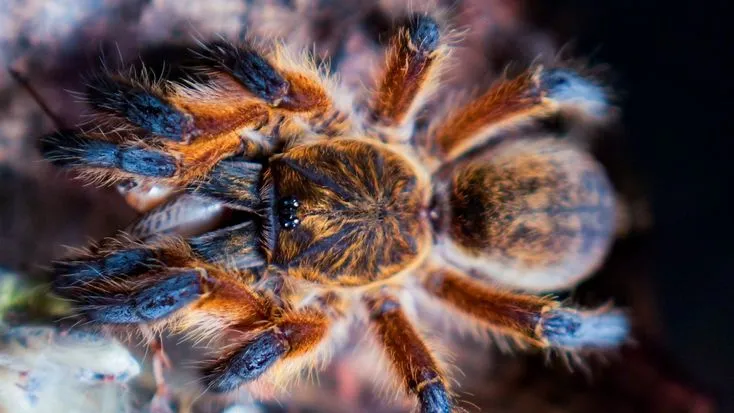Blue Leg Tarantula Top 5 Facts
The blue leg tarantula, scientifically known as Caribena versicolor, is a captivating species highly sought after by arachnid enthusiasts. Originating from the Caribbean islands, particularly Martinique, these tarantulas are renowned for their striking appearance and relatively docile temperament. This guide provides essential information about caring for these beautiful creatures, highlighting five key facts that every owner should know. From understanding their unique coloration to ensuring their health and well-being, this article aims to equip you with the knowledge necessary to provide a thriving environment for your blue leg tarantula. Discover the secrets to keeping your tarantula happy and healthy!
Appearance and Identification
Identifying a blue leg tarantula is relatively straightforward due to its distinctive coloration. The vibrant blue legs are the most prominent feature, contrasted against a carapace that can range from green to gold, and a burgundy abdomen. Juveniles often exhibit a more intense blue coloration, which may fade slightly as they mature, although the blue legs usually persist throughout their lifespan. Proper identification is crucial, ensuring you provide the appropriate care. This species is often confused with other tarantula species, but the blue legs serve as the key identifier, helping you confirm that you have a true Caribena versicolor.
Distinctive Blue Leg Coloration
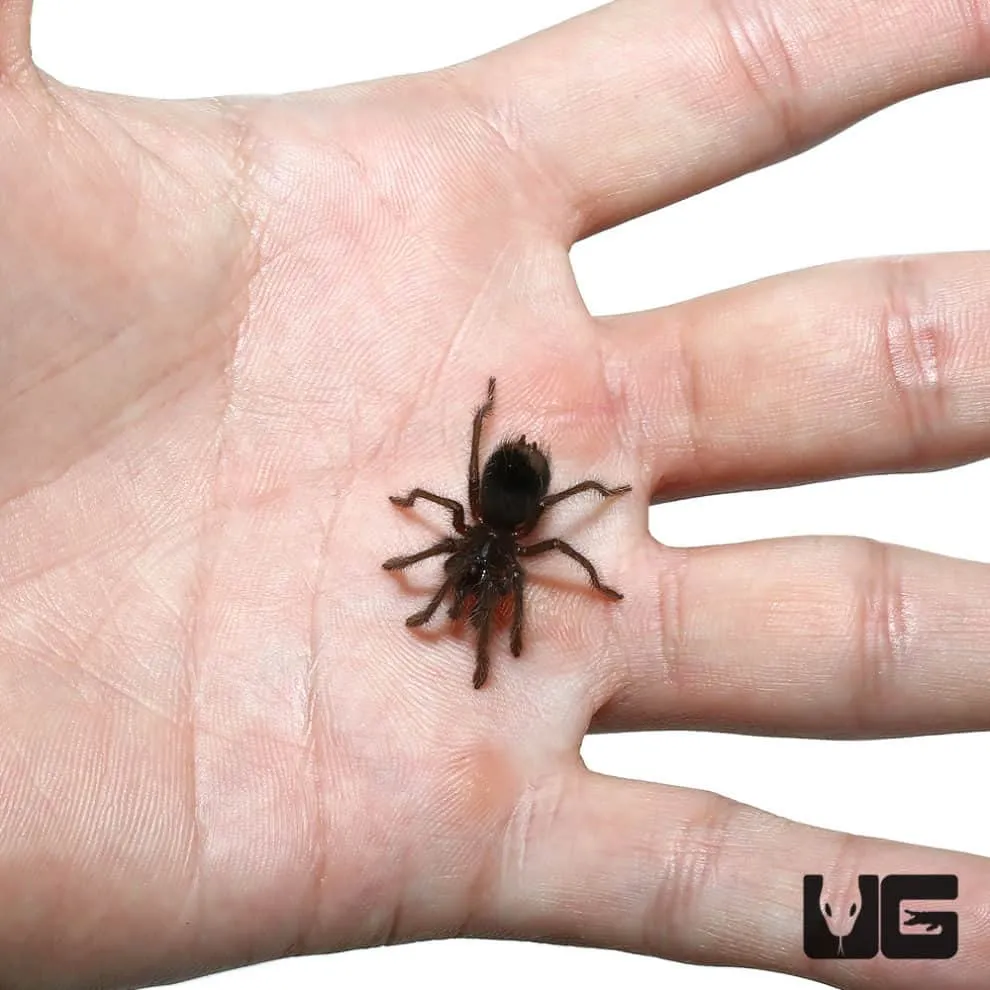
The brilliant blue legs of the blue leg tarantula are not just aesthetically pleasing but also a key identifying characteristic. This unique coloration is what sets this species apart and makes it so popular among hobbyists. The intensity of the blue can vary depending on the individual tarantula’s age, health, and even lighting conditions. Generally, the blue legs provide a striking contrast against the other colors of the tarantula, enhancing its overall beauty. The vibrant hues help to distinguish it from other tarantula species.
Size and Lifespan
Blue leg tarantulas are medium-sized spiders, with females typically reaching a leg span of up to 6 inches. Males are generally smaller. The lifespan of a blue leg tarantula varies, with females living significantly longer than males. Females can live for 10 to 12 years, while males typically only live for 3 to 5 years after reaching maturity. Understanding their life cycle and potential lifespan is important for long-term care planning. Providing an appropriate environment and diet can maximize their longevity.
Habitat and Environment
Replicating the natural habitat of the blue leg tarantula is critical for its well-being. These tarantulas are arboreal, meaning they live primarily in trees. They thrive in a warm, humid environment that mimics their native Caribbean climate. Proper setup ensures they can exhibit their natural behaviors, which promotes their overall health and reduces stress. Understanding their habitat needs allows you to create an ideal environment, providing enrichment and facilitating a healthy lifestyle.
Ideal Enclosure Setup
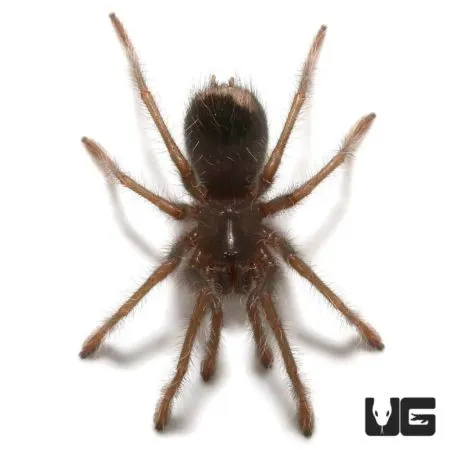
An ideal enclosure for a blue leg tarantula should be tall rather than wide, as they are arboreal. A glass or acrylic terrarium with good ventilation is recommended. The enclosure should be appropriately sized for the tarantula, with enough space for climbing and movement. Provide a substrate of about 2-3 inches deep, such as a mixture of coconut fiber, peat moss, and sphagnum moss, to retain humidity. Include branches, cork bark, or artificial plants to provide climbing opportunities and hiding places. The enclosure should be easy to clean and maintain.
Temperature and Humidity Requirements
Maintaining the correct temperature and humidity levels is crucial. The ideal temperature range for a blue leg tarantula is between 75°F and 85°F (24°C and 29°C). Use a heat source, such as a heat mat or a ceramic heat emitter, to maintain this temperature. Humidity levels should be kept between 70% and 80%. Regularly mist the enclosure with water to maintain humidity, and use a hygrometer to monitor the levels. Proper ventilation is important to prevent mold and ensure the tarantula’s respiratory health.
Diet and Feeding
Feeding your blue leg tarantula is a straightforward process, provided you offer appropriate food items. They are primarily insectivores and will readily consume a variety of live insects. A balanced diet will contribute to their health, growth, and overall well-being. Always ensure the food items are safe, clean, and of a suitable size for your tarantula. Overfeeding should be avoided to prevent health problems.
Appropriate Food Items
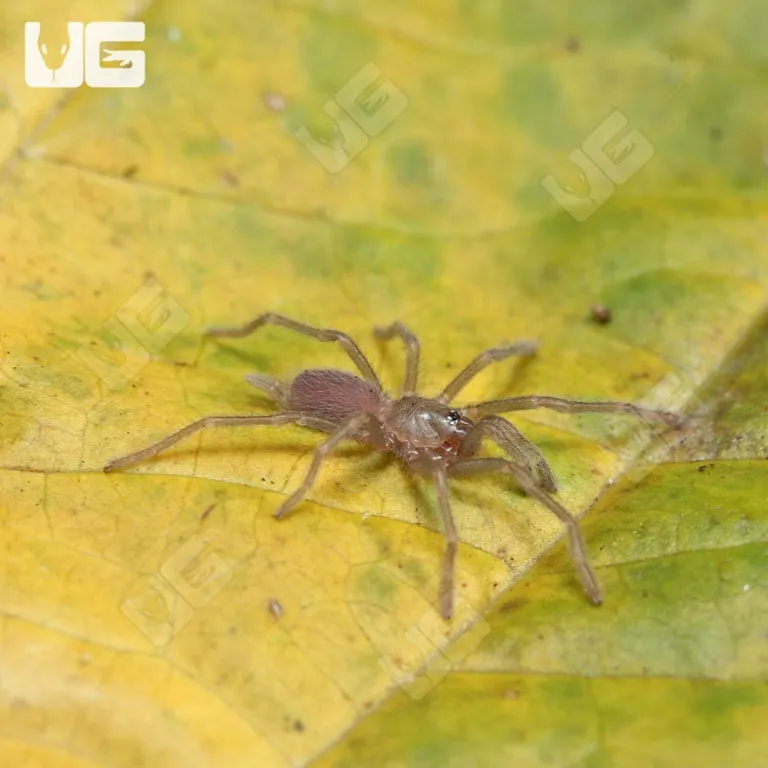
The diet of a blue leg tarantula typically consists of live insects. Suitable food items include crickets, mealworms, dubia roaches, and small cockroaches. The insects should be gut-loaded with nutritious food, such as vegetables and commercial cricket food, before being offered to the tarantula. Avoid feeding your tarantula wild-caught insects, as they may carry parasites or pesticides. The size of the insects should be appropriate for the size of the tarantula, generally no larger than the tarantula’s body length.
Feeding Frequency
The feeding frequency depends on the age and size of the tarantula. Spiderlings and juveniles should be fed more frequently, about two to three times a week. Adult tarantulas can be fed less often, typically once every one to two weeks. Always remove any uneaten food items within 24 hours to prevent mold and mites. Monitor your tarantula’s abdomen; if it appears plump, it’s well-fed, and the feeding frequency can be adjusted accordingly. Provide a shallow water dish with fresh water at all times.
Handling and Temperament
The blue leg tarantula is generally considered a docile species, making it a popular choice among tarantula keepers. However, it’s important to exercise caution and understand safe handling practices. While they are not typically aggressive, handling can be stressful for the tarantula. Responsible and informed handling practices will minimize the risk to both you and the tarantula. Understanding their behavior and recognizing signs of stress can ensure a safer and more enjoyable experience.
Safe Handling Practices
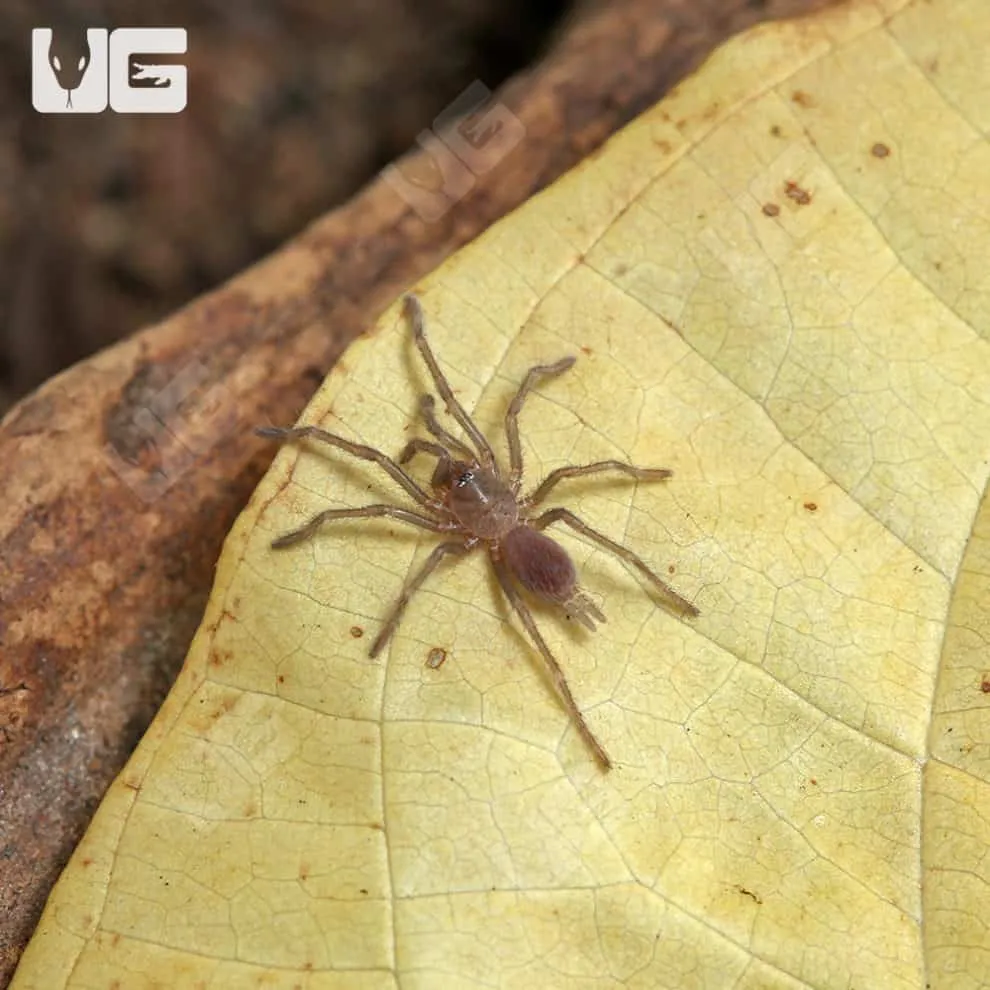
Handling a blue leg tarantula should be done with care. Always approach the tarantula calmly, and avoid sudden movements. Gently coax the tarantula onto your hand or let it walk onto your hand; never force it. Handle the tarantula close to the ground or a soft surface to prevent injuries if it falls. Wash your hands thoroughly before and after handling, and avoid using hand soap with strong scents. Handle the tarantula for only short periods to minimize stress. Always prioritize the tarantula’s safety and well-being.
Typical Temperament Characteristics
Blue leg tarantulas are generally considered to be relatively calm and docile. They are not known for being particularly aggressive and tend to retreat or hide when startled. However, like any tarantula, they can bite if they feel threatened. Common defensive behaviors include flicking urticating hairs (tiny hairs that cause irritation) from their abdomen or raising their front legs in a defensive posture. Observing your tarantula’s behavior can help you understand its mood and react appropriately. Keep a close watch for stress signals.
Health and Common Issues
Maintaining a healthy blue leg tarantula involves providing a proper environment, diet, and consistent care. While these tarantulas are relatively hardy, they can still be susceptible to certain health issues. Regular monitoring and awareness of common problems will help you prevent or treat any health concerns. Understanding the signs of a healthy tarantula and knowing how to identify and address potential issues are crucial to your tarantula’s well-being.
Signs of a Healthy Tarantula
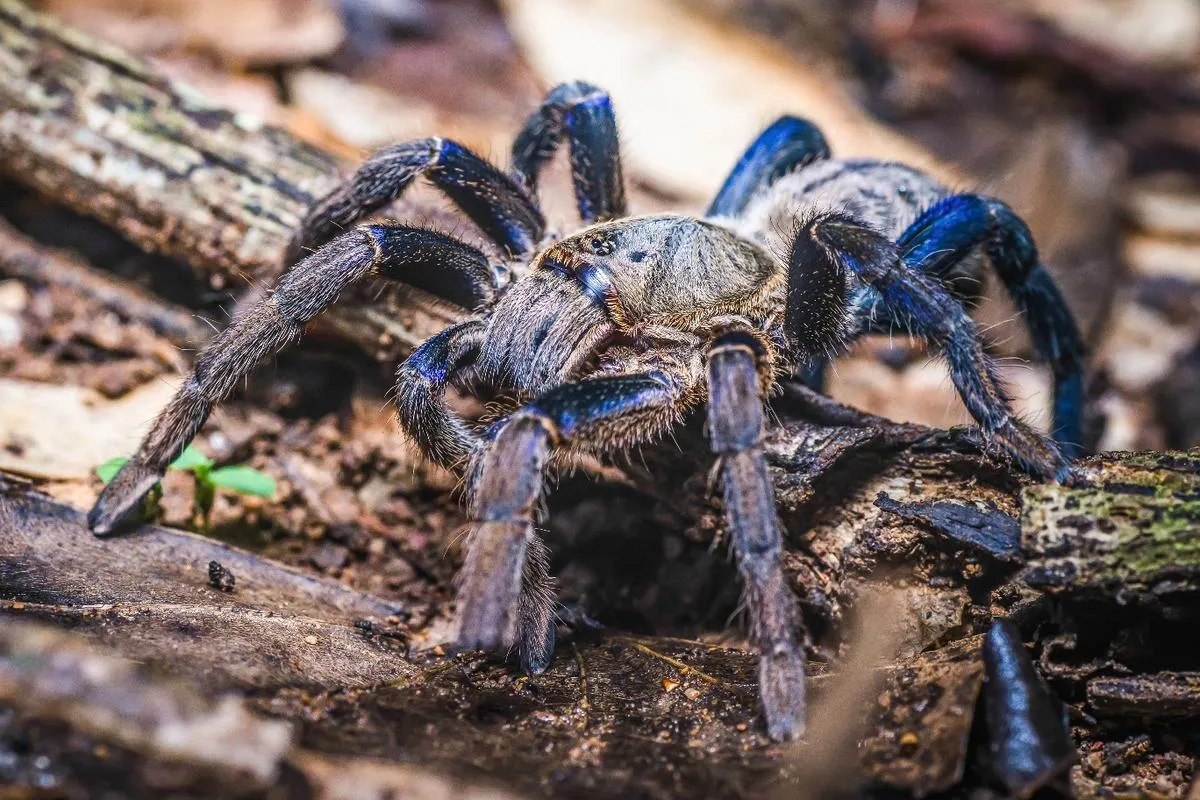
A healthy blue leg tarantula exhibits several key characteristics. It should be active, exploring its enclosure and displaying normal behaviors such as webbing and climbing. The abdomen should be plump, indicating it is well-fed. The tarantula’s fangs should appear clean and healthy. Its legs should be sturdy, and it should move smoothly without any signs of weakness or imbalance. The exoskeleton should appear clean and free from any deformities or injuries. Molting should occur without issue, and the tarantula should eat regularly.
Common Health Problems and Prevention
Some common health problems include mites, parasites, and injuries from falls or other environmental hazards. Preventative measures are key. Maintaining clean living conditions, proper humidity and temperature levels, and ensuring a balanced diet are crucial. Regularly inspect the tarantula and its enclosure for any signs of mites or other pests. Handle the tarantula carefully to avoid falls. If you notice any health issues, such as lethargy, loss of appetite, or physical abnormalities, consult a veterinarian experienced in exotic animals. Early intervention is often essential for successful treatment. Proper care will minimize the risk of health problems and help your blue leg tarantula thrive.
